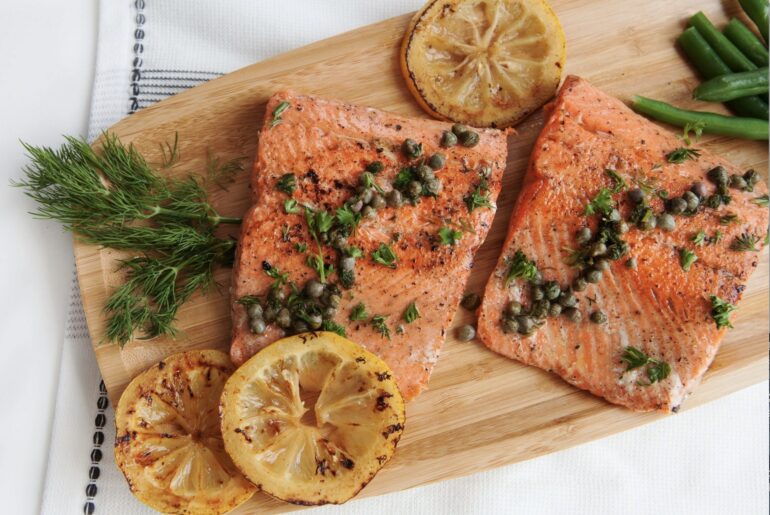As consumers in North America and elsewhere continue to look for budget friendly deals on groceries and restaurant meals, there’s one protein source whose price is staying steady, thanks to a surplus from last year’s harvest season.
Landings in 2022 from Bristol Bay, Alaska – the source of more than half the world’s sustainable, wild sockeye salmon – was 46% higher than the previous five-year average, bringing in a haul of more than 60 million fish. This means the average price per pound of wild sockeye salmon on sale at grocery stores is down 7% since early 2022, compared to an increase of 12% for farmed Atlantic salmon fillets, according to Urner Barry data for January-February 2023 versus January-February 2022.
The wild sockeye surplus comes at an opportune time to meet increased demand, while seafood consumption in the USA remains higher than during the pre-pandemic year 2019 and is expected to grow at a rate of 4.9% in 2023.
“If you’re seeing sockeye salmon in the grocery store or on menus in 2023, chances are it came from Alaska’s Bristol Bay,” said Andy Wink, executive director of the Bristol Bay Regional Seafood Development Association (BBRSDA).

Wild sockeye salmon is known for its brilliant ruby red color, delicious taste and nutrient density. Sockeye is one of the most popular salmon species due to taste and texture, which make it ideal for almost all preparation techniques, including grilling, broiling, sautéing, roasting, poaching, steaming and smoking.
With lower wholesale prices on sockeye salmon and high prices for many other protein options, retailers are offering temporary price reductions. Wild sockeye salmon from Bristol Bay can be found in supermarket freezer cases, at the seafood counter in previously frozen presentations, as well in smoked and canned formats year round.
Bristol Bay fishermen often freeze their catch just after it leaves the water, locking in nutrients, maintaining quality and helping to reduce food waste throughout every step of the supply chain. Consumers will appreciate that wild sockeye salmon can be cooked directly from frozen and hold up well to virtually any cooking method, making it easy to get dinner on the table in a matter of minutes.





